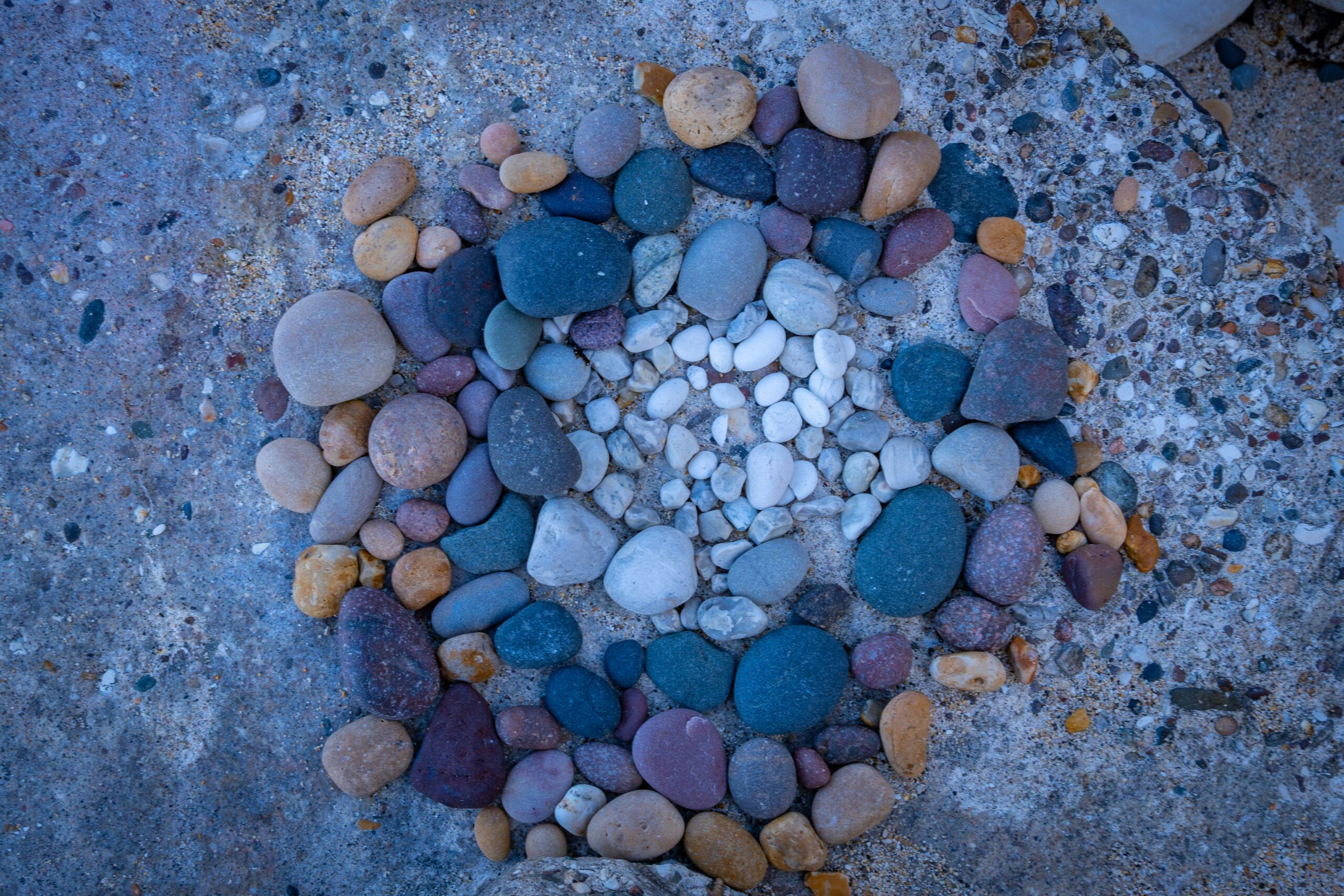People often ask how I became so passionate about working in the rare disease space with healthcare providers, patients, and caregivers. The truth is, this has been part of who I am for as long as I can remember and the reason I care so deeply about this work is simple: I’ve lived it. I’ve been the patient, the sibling, the friend, and the loved one, navigating uncertainty, isolation, and the overwhelming search for answers.
I grew up in an environment where inclusion was the norm. One of my childhood friends, Nicole, used a wheelchair due to a congenital condition. As kids, we didn’t see each other as “different”; we were just friends. That early exposure to difference and the compassion modeled by my mother, who was a longtime caregiver and later a social worker, planted the seeds for a lifelong commitment to empathy and inclusion.
That commitment only deepened as I got older. My brother is on the autism spectrum, my sister has a chronic autoimmune condition, and in my mid-20s, I received an unexpected cancer diagnosis. It led to multiple surgeries, hundreds of doctor appointments, and years of impact on my daily life.
When you get a cancer diagnosis, people start treating you differently. Some show up in all the best ways, and some simply disappear. I experienced both…and though I was very fortunate with how things turned out, it was still a deeply disorienting time. I was grieving the life I thought I’d have, figuring out my “new normal,” and trying to hold it all together for myself and everyone else.
I carried a lot of guilt: guilt for bringing chaos and sadness into the lives of people I love, guilt for needing help. At times, that guilt felt so heavy that I couldn’t share my true thoughts and feelings with anyone. When people said, “You’re so strong,” I felt like I had to live up to it, to stay brave and upbeat, even when I wasn’t. It was exhausting.
I truly cannot overstate how lucky I was to have an incredible support system, but even with that, there were moments when I felt completely alone. What helped me most were the stories and support I found in online communities. Social media groups became a safe space where I could vent, laugh, cry, and get real answers from people who understood. They offered connection, comfort, and critical information I couldn’t find anywhere else.
Nearly a decade later, I still keep in touch with many of the people I met in those groups. And now, I have the chance to pay it forward by offering support, sharing my experience, and being there for others looking for connection beyond their immediate circle.
Community matters. Whether you’re dealing with a rare disease or a major life change, the ability to connect with others who understand your journey doesn’t just help, it can change how you move through the hardest moments.
That’s why I feel so fortunate that my work now allows me to focus on rare diseases. In my role, I have the privilege of working directly with healthcare providers, patients, and their families. I get to listen to their stories, elevate their voices, and ensure their lived experiences are not only heard but deeply understood and acted upon.
So last month, when I attended the United in Hope: International Prader-Willi Syndrome Conference in Phoenix, Arizona, it felt like a full-circle moment. All those years of seeking connection and community during my own health journey have led me to a place where I can help create that for others. Where I can use my skills to make sure patient voices are heard, valued, and meaningfully integrated into how treatments, communications, and support systems are designed.
The conference was an intimate gathering of healthcare professionals, patients, caregivers, and manufacturers coming together for a common purpose.
I went there to learn, to listen, and to connect with the caregivers and families who had welcomed me into their lives during a recent market research project. Our team had conducted a survey focused on the lived experiences of PWS caregivers. Many families in rare disease communities don’t have the time or access to participate in traditional research panels. To reach them, I turned to social media, joining caregiver forums and support groups where people welcomed me with honesty, generosity, and trust.
The atmosphere at the conference was warm, personal, and deeply meaningful. While my colleague and I spent most of our time in scientific poster sessions and presentations geared toward providers and researchers, what brought us there was our genuine desire to better understand the science of Prader-Willi Syndrome (PWS) and to connect, in person, with the families behind the data.
Conferences like this are invaluable. They’re not just about information and education; they’re about connection, validation, and support. One caregiver told me, “I’m just grateful to be here. To be around people who truly understand what we go through every day.”
Another caregiver shared her excitement that her son would be attending a summer camp with other kids who have PWS. “This is the first real break I’ve had in a year,” she said, smiling with relief.
These stories are reminders that caregiving is 24/7 work, and that support for caregivers must be a central part of how we approach rare disease communities.
Attending the United in Hope conference wasn’t just professionally meaningful; it was personally grounding. It reminded me why this work matters so much. Behind every data point is a family navigating uncertainty. Behind every clinical update is a parent carrying the weight of advocacy, care, and love. Events like this don’t just share knowledge, they build community, spark hope, and reaffirm the importance of listening to voices that too often go unheard.
At Cadence, we remain deeply committed to ensuring that patient and caregiver voices are not only included but truly centered in every stage of the process. Whether through market research or medical communications, we strive to develop insights and solutions that reflect the realities, needs, and resilience of the communities we serve.
If you work in rare disease, whether in research, healthcare, or industry, I would love to connect and learn how we can better support these incredible communities together.





